Purification of Water: Understanding the Process

Water, a basic necessity for human beings is also one of the most vulnerable elements present on the planet. Pour it into anything and it takes its shape, it dissolves most of the substances into it and it’s one of the major platforms for any borne phenomenon. Keeping in mind the vulnerability of water, we need to make sure that the water we drink is pure and clean. This generic view gave way to the process of purification of water.
From the days of water being cleaned using muslin cloth to boiling it; we have reached a state where water filters, portable water purifiers and purification appliances are a common sight. Regardless the fact that people know little about the techniques and their effectiveness, they have a rather safeguarded sense of having a water filter. However, it’s time to break this myth that all water purifiers are the same and serve the same purpose.
Technologies in water purification have advanced so much in the recent past that the older techniques seem to be incomparably outdated. Boiling is no more a solution to have drinkable water, reason being the increase in the level of impurities found in water. Boiling has no effect on the dissolved chemicals present in the water, nor does carbon cleaning give the rightful results. With growing usage of chemicals in farming and other human activities, the ground water is gradually being polluted with the seeping in of chemicals. This has led to a formation of corrupt water cycle, providing polluted water in all aspects.
If we talk about the modern technologies, RO has proven to be the most effective. Reverse Osmosis is a process in which the impure water is allowed to pass through a semi permeable membrane, separating the clean water from impure one. RO in itself is such a strong process that it not only separates out the bacteria, viruses, pathogens, dissolved heavy metals and chemicals but also the dissolved essential minerals. Though the process leaves us with clean and pure water, the non-presence of the minerals makes it less nutritive. Clubbing RO technology with UV and UF also leaves a gap in the complete bridge to healthy and safe water. UV and UF are technologies quite prevalent but lack in the effectiveness to treat water off heavy metals like zinc, mercury and rust.
A widely accepted process of water purification is of passing raw water through a sediment filter where all the sediments and suspended particles settle down and are removed. Moving it on to an activated carbon filter where all the minute impurities are eliminated. Then passing it through a membrane for reverse osmosis; followed by ultra filtration to reduce bacteria and viruses and finally UV processing the water to further reducing the bacteria, viruses and pathogen presence. This complete process fulfills all the expected outcomes for pure water, lacking in only one of them; the retention of essential minerals.
Kent, a leading brand that has wide expertise in the field of water purification has come up with a technology to solve the only drawback in the above stated process. With their patented technology of TDS controller, they have devised a way to control the elimination of dissolved solids in water. Therefore, they can accurately eliminate all the impurities leaving behind the essential minerals. This path breaking innovation has certainly made the process of water purification a lot more advanced and also provided the world with safe and healthy water.

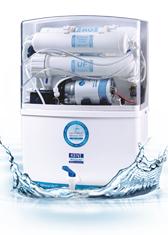
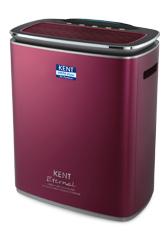
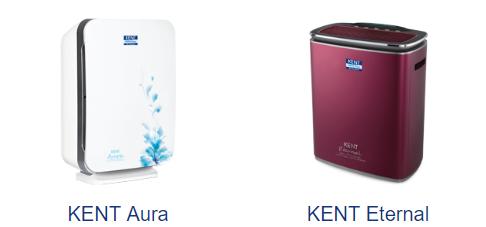

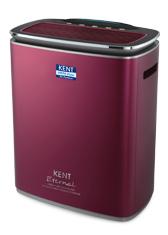
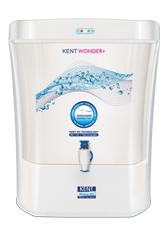

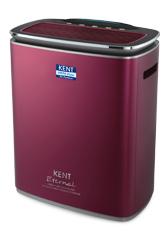
Comments